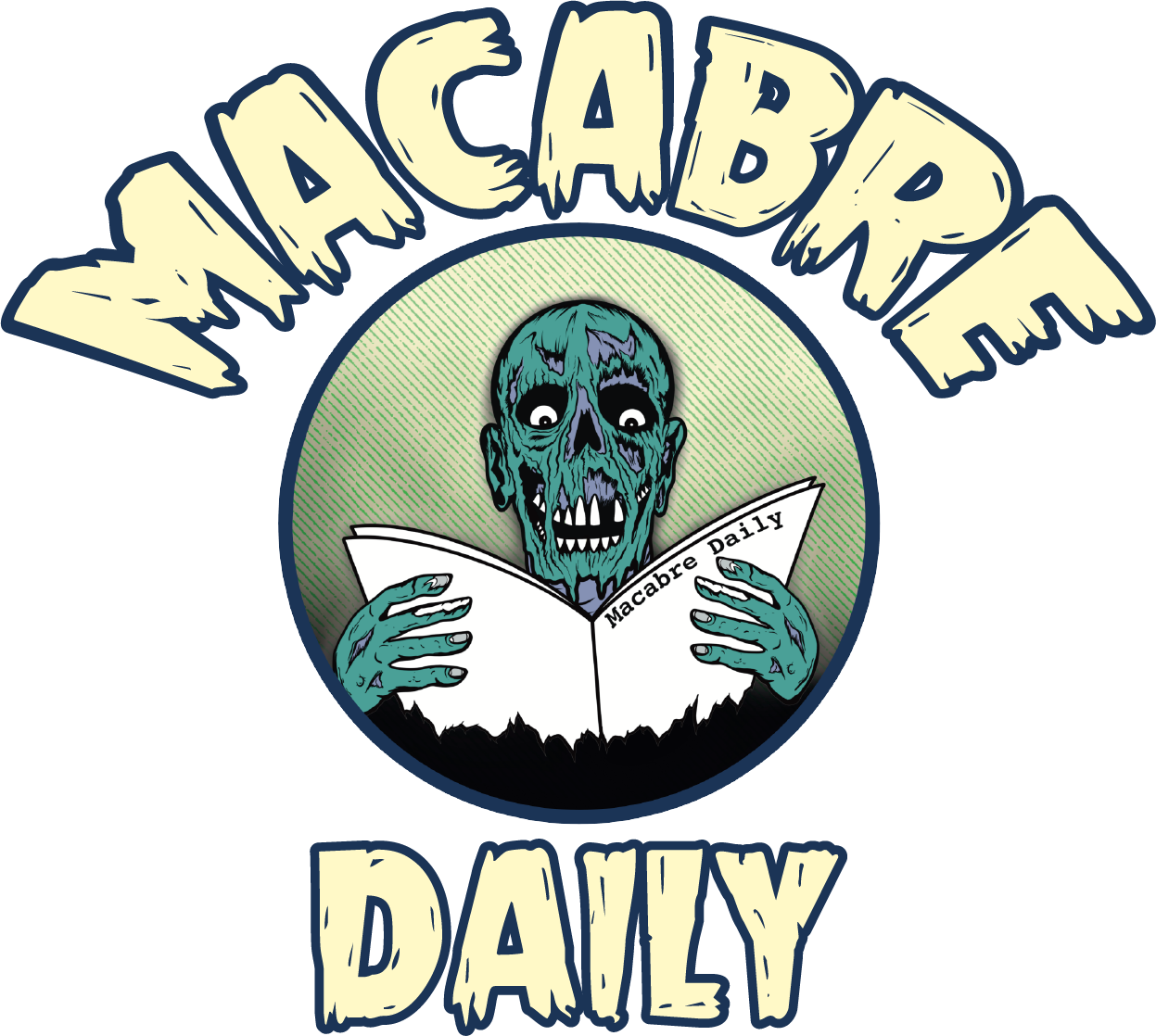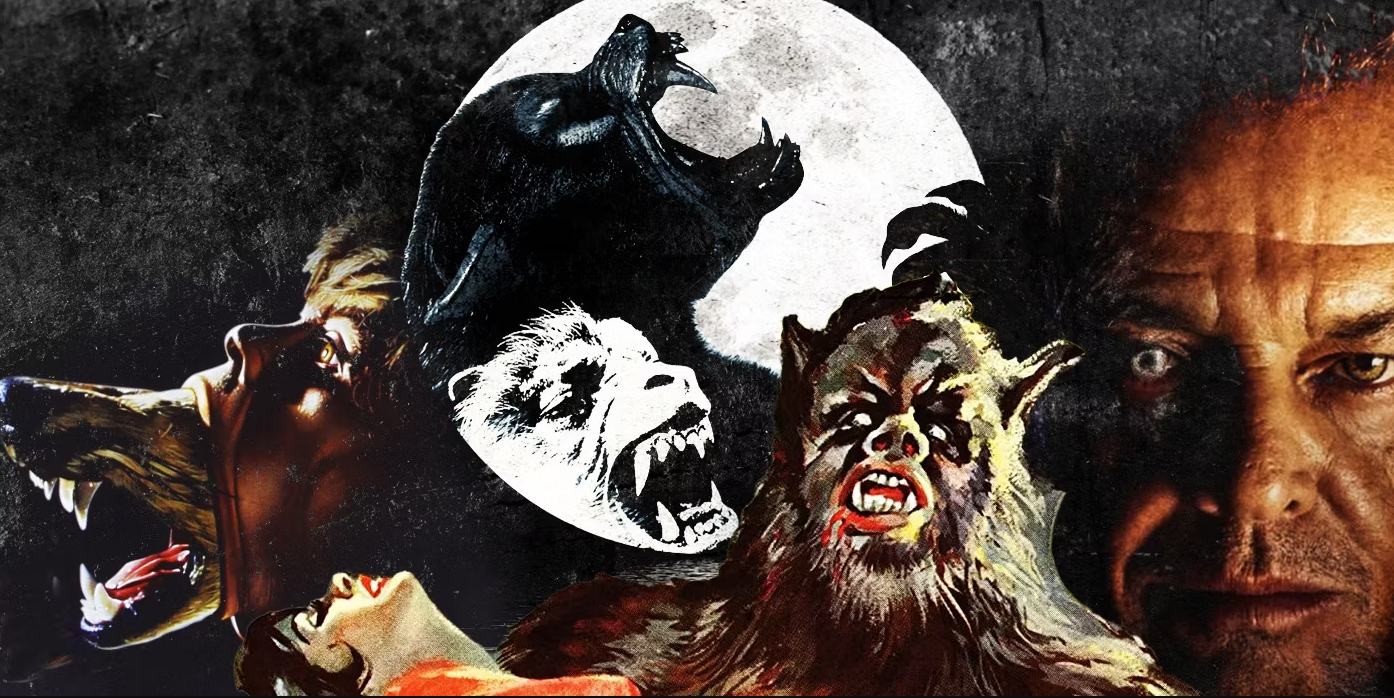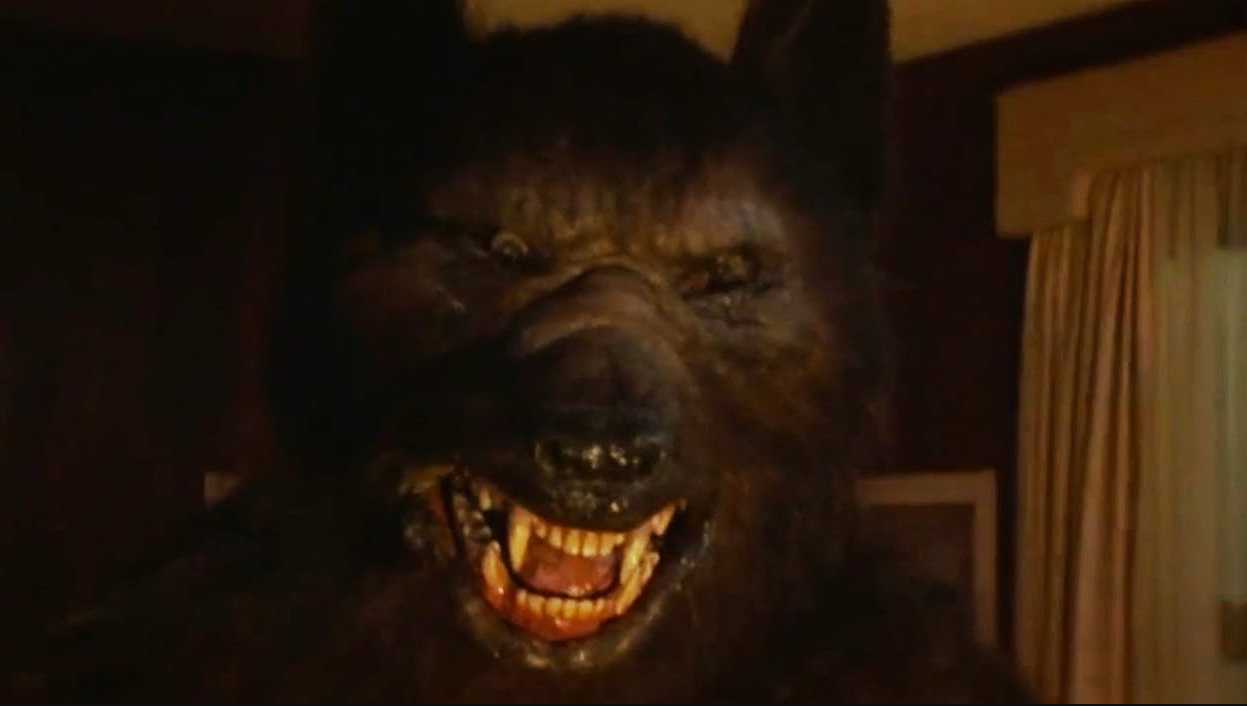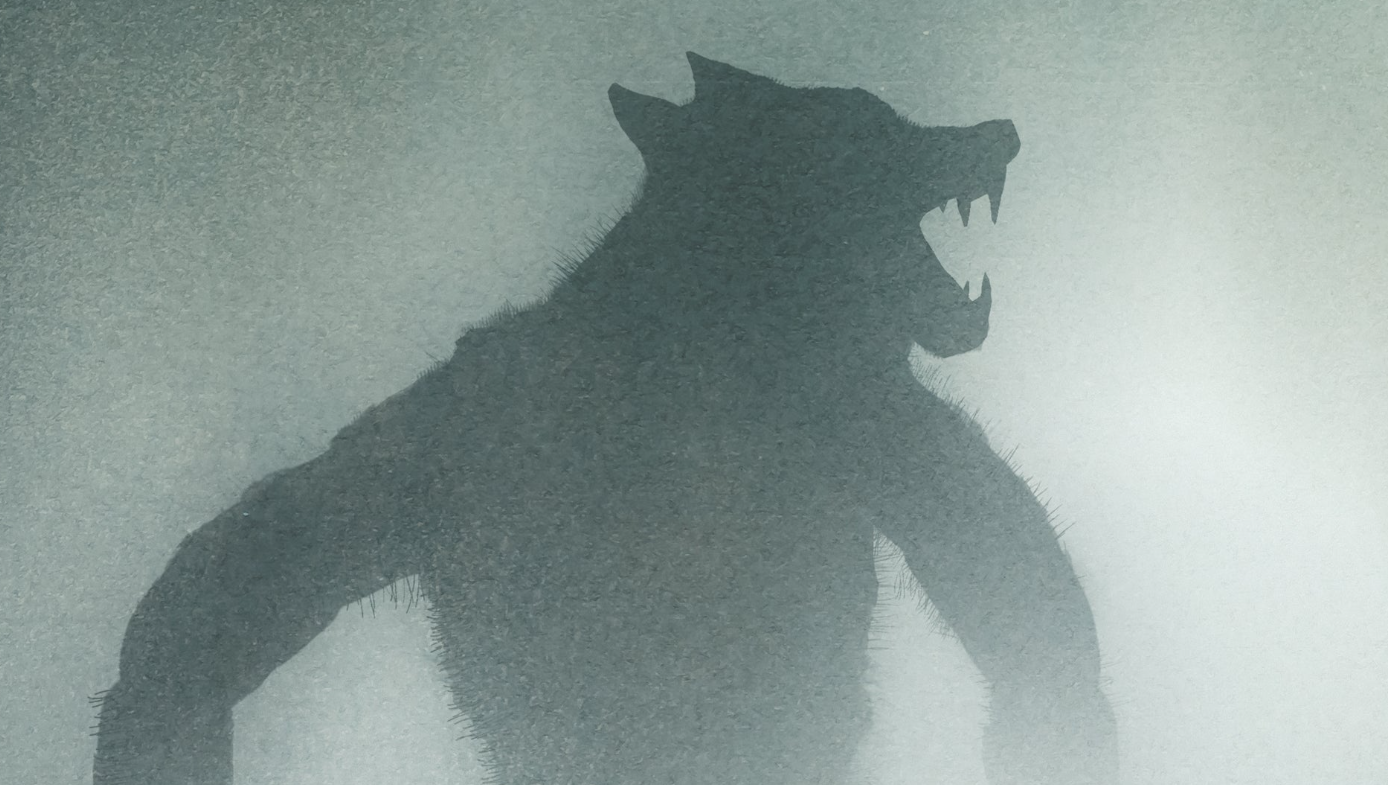Unveiling the Mysteries: A Historical Exploration of Werewolves in America
The moon rises above the clouds like a ghost from the grave. White and shimmering it calls to those creatures it empowers. Those creatures of the night. Hear that…(a low howl rises from the darkness behind the illumination that cascades over the forest below the moon.) Oh don’t be frightened. Werewolf you say? Oh come now, those are only creations of movies and myth. Fairytales meant to scare children. Werewolves aren’t real…or are they?
Werewolves, mythical creatures that embody the fearsome fusion of man and wolf, have long captivated our collective imagination. Rooted in ancient folklore and legends, the tales of werewolves have transcended time and geography, leaving an indelible mark on American folklore. This article delves into the history and urban myths surrounding werewolves specifically in America, tracing their origins, dissecting their portrayal in films, and examining documented accounts of alleged attacks.
The Emergence of the Term Werewolf in English Language:
The term "werewolf" finds its origins in Old English, stemming from the compound word "werewulf." "Wërē" meaning "man" and "wulf" meaning "wolf," the term essentially translates to "man-wolf." It is believed that the term entered the English language around the 12th century, influenced by Old Norse and Germanic languages. The concept of shape-shifting beings with the ability to transform between human and wolf form can be traced back to ancient mythologies and folklore across various cultures.
Werewolves have long held a prominent place in storytelling, representing the duality of human nature and the primal instincts that lurk within us. Throughout history, these creatures have been both feared and revered, serving as cautionary tales and symbols of the untamed wilderness. The emergence of the term "werewolf" in the English language marked the formalization of this concept, providing a common name for the man-wolf phenomenon that had permeated folklore for centuries.
Myths vs. Films: Portrayal of Werewolves:
The portrayal of werewolves in films has been a subject of fascination and artistic interpretation. While some films have captured the essence of the folklore accurately, others have taken creative liberties for narrative purposes. Notably, accurate representations often adhere to the established lore of a full moon triggering the transformation and the werewolf's vulnerability to silver. However, many films exaggerate the physical transformation, turning it into a painful and grotesque process, whereas folklore suggests a more seamless metamorphosis.
The first appearance of a werewolf on the silver screen in America can be traced back to the groundbreaking horror film "The Werewolf" (1913). Directed by Henry MacRae, this silent film marked a significant milestone in the history of werewolf movies. While the film is now considered a lost treasure, it featured actor Phyllis Gordon as the cursed protagonist who transforms into a werewolf under the influence of an ancient medallion. Although the film's precise details remain elusive, it laid the foundation for the werewolf genre in American cinema.
Subsequent American-made Werewolf Films:
"Werewolf of London" (1935): Directed by Stuart Walker, this Universal Pictures production was the first Hollywood werewolf film to leave a lasting impact on audiences. The movie starred Henry Hull as Dr. Wilfred Glendon, a botanist who discovers a rare flower in Tibet that holds the key to lycanthropy. The film introduced the iconic imagery of the half-human, half-wolf creature and established the transformative effects of moonlight as a catalyst for the transformation.
"The Wolf Man" (1941): Directed by George Waggner, this Universal Pictures film remains one of the most influential and enduring werewolf movies in American cinematic history. Starring Lon Chaney Jr. as Larry Talbot, the film explored the tragic tale of a man bitten by a werewolf and cursed to transform into a creature of the night. With its iconic makeup and emotional storytelling, "The Wolf Man" solidified the werewolf's place in pop culture and became a quintessential entry in the Universal Monsters franchise.
"An American Werewolf in London" (1981): Directed by John Landis, this horror-comedy is a modern classic that pushed the boundaries of the werewolf genre. The film followed the story of David Kessler, played by David Naughton, an American tourist who is attacked by a werewolf while traveling in England. Boasting groundbreaking special effects by Rick Baker, the film expertly blended humor and horror, earning critical acclaim and an Academy Award for Best Makeup.
"Silver Bullet" (1985): Based on Stephen King's novella "Cycle of the Werewolf," this film directed by Daniel Attias took audiences on a thrilling journey into a small town plagued by a series of brutal murders. The story revolved around a young boy named Marty, played by Corey Haim, who discovers the identity of the werewolf terrorizing the community. With its atmospheric setting and suspenseful narrative, "Silver Bullet" remains a beloved entry in the werewolf genre.
"Ginger Snaps" (2000): Directed by John Fawcett, this Canadian-American production offered a fresh and unique take on the werewolf mythos. The film explored themes of adolescence, female empowerment, and the monstrous aspects of puberty. Starring Emily Perkins and Katharine Isabelle as the Fitzgerald sisters, the movie gained a cult following for its smart writing, strong performances, and subversive storytelling.
The portrayal of werewolves in films serves as a testament to their enduring popularity in popular culture. These cinematic depictions often heighten the terror and spectacle associated with the creatures, showcasing their ferocity and the psychological struggle of the human hosts. While filmmakers take liberties to create compelling narratives, they sometimes deviate from the original folklore, introducing new elements and rules surrounding werewolf lore. Despite these variations, films have successfully conveyed the primal allure and the underlying themes of transformation and savagery associated with werewolves.
Documented Accounts and Alleged Attacks:
Although werewolves primarily exist in the realm of myth and legend, there have been documented accounts of alleged attacks attributed to these creatures. These accounts, often steeped in superstition and folklore, have captivated communities and inspired a sense of collective fear. The Beast of Bray Road, a cryptid reportedly sighted in rural Wisconsin, is one such example. Despite the lack of concrete evidence, the reports of encounters and attacks continue to fuel the allure of werewolves in American folklore.
Werewolf sightings and alleged attacks have left an indelible mark on local legends and urban myths throughout America. From the infamous Beast of Bray Road to encounters in the deep woods of the Pacific Northwest, these stories spark curiosity and ignite our imaginations. While skeptics dismiss these accounts as mere folklore or misidentifications, the persistence of such tales reveals the power of the werewolf archetype in shaping our cultural landscape. Whether born out of genuine fear or the human desire for mystery, documented accounts and alleged attacks add an intriguing layer to the enigma surrounding werewolves.
Stay up to date with “The Dark Side Of Pop Culture” by following MacabreDaily on Instagram, Facebook, and Twitter.



















